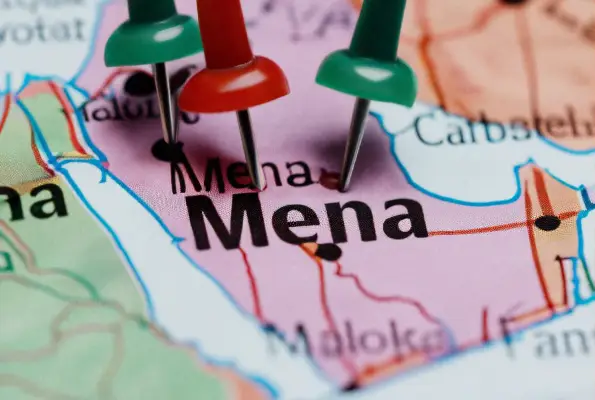The OECD’s latest economic outlook warns of a slowing global economy. Its interim report projects world GDP growth of roughly 3.3% in 2024, falling to 3.2% in 2025 and 2.9% in 2026. This marks a downward revision from earlier forecasts, reflecting mounting headwinds.
The OECD attributes the slowdown to higher trade barriers (e.g., new tariffs), tighter financial conditions, and high policy uncertainty, all of which are dampening business investment and consumer demand worldwide.
As OECD Secretary-General Mathias Cormann puts it, today’s political uncertainty is “weakening trade and investment, diminishing confidence, and curbing growth.” In plain terms, businesses are holding back on spending as global trade policy frictions (and geopolitical shocks) make future demand harder to predict.
Among the specific factors cited are major economies sharply raising import tariffs. For example, since mid-2025, the United States has increased tariffs on imports from many trading partners, pushing its effective tariff rate to the highest level since the 1930s. Such “trade wars” slow cross-border commerce, and the OECD warns that reversing these new barriers would boost growth, while persistent protectionism risks further “disruption in cross-border supply chains.”
Additionally, ongoing conflicts (e.g., the Russia-Ukraine war and Middle East tensions) have led to higher energy and food prices. In the Eurozone and Asia, these commodity shocks and supply disruptions have already chipped away at expansions. On the flip side, a resolution of conflicts and easing of trade restrictions could reignite growth, but for now, the upside remains uncertain.
Many of these global trends directly affect MENA (Middle East and North Africa) economies, as they are generally more exposed to external forces such as oil, which relies on world energy demand. Even non-oil countries depend on trade and foreign investment. Weaker global growth can mean lower oil prices (hitting Gulf budgets) and reduced demand for MENA exports (whether oil or manufactured goods).
A slowing world can also dampen tourism and remittances that many countries rely on. Reflecting these pressures, the IMF recently cut its 2025 growth forecast for the MENA region to 2.6%, down sharply from 4% in October, explicitly citing a “global trade war and weaker oil prices” weighing on activity. In other words, MENA nations are now navigating crosswinds from a more volatile global policy environment.
The regional impact varies. Oil-exporting countries in the Gulf have seen robust gains from sustained production cuts (which kept prices elevated), but even they face a slowdown ahead. The IMF projects GCC growth at around 3.0% in 2025, down from earlier estimates of over 4%. Prolonged OPEC+ cuts and weaker non-oil sectors are expected to moderate their expansion.
For non-Gulf oil exporters (like Algeria, Iran, and Iraq), growth is set to slow notably in 2025 before edging up in 2026. Oil-importing economies of the Middle East (such as Egypt, Lebanon, and Jordan) are under even more strain as regional conflicts and fiscal pressures have “inflicted profound economic scars” there, so a weaker world economy exacerbates their challenges.
The IMF notes that these importers will see much slower growth as food and energy costs rise and foreign investment wanes. In sum, the richer Gulf states will likely fare better than their neighbours, but virtually all MENA economies feel the effects of fading global demand and fluctuating commodity markets.
In sum, the outlook for the MENA region is moderate and highly uncertain. The World Bank notes that 2025 growth is “shrouded in uncertainty given the rapidly changing global environment.” Policy uncertainties abroad and oil market volatility make it hard to plan.
Many analysts stress that the region needs to diversify and build resilience. This means expanding non-oil industries (tourism, manufacturing, services), strengthening institutions, and preserving fiscal buffers so that shocks can be weathered.
At the international level, the OECD argues that reducing trade barriers and avoiding tariff wars would benefit everyone. For MENA specifically, maintaining open trade links with major markets (Europe, Asia) and stable commodity policies will be key.
Overall, the message is cautious. Weaker global growth and policy volatility are real risks for MENA. If global trade tensions persist or oil demand weakens sharply, the region’s expansion could slow further. However, a more optimistic scenario is possible if trade frictions ease and global demand holds up, as lower barriers could boost investment and exports, while higher oil revenues (if demand holds) would help budgets.
As the OECD notes, “policy uncertainty is curbing growth prospects.” For MENA nations, prudent policies such as fiscal reforms, economic diversification, and transparent governance will be essential to weather these crosswinds and support steady growth, even in a slowing world.



